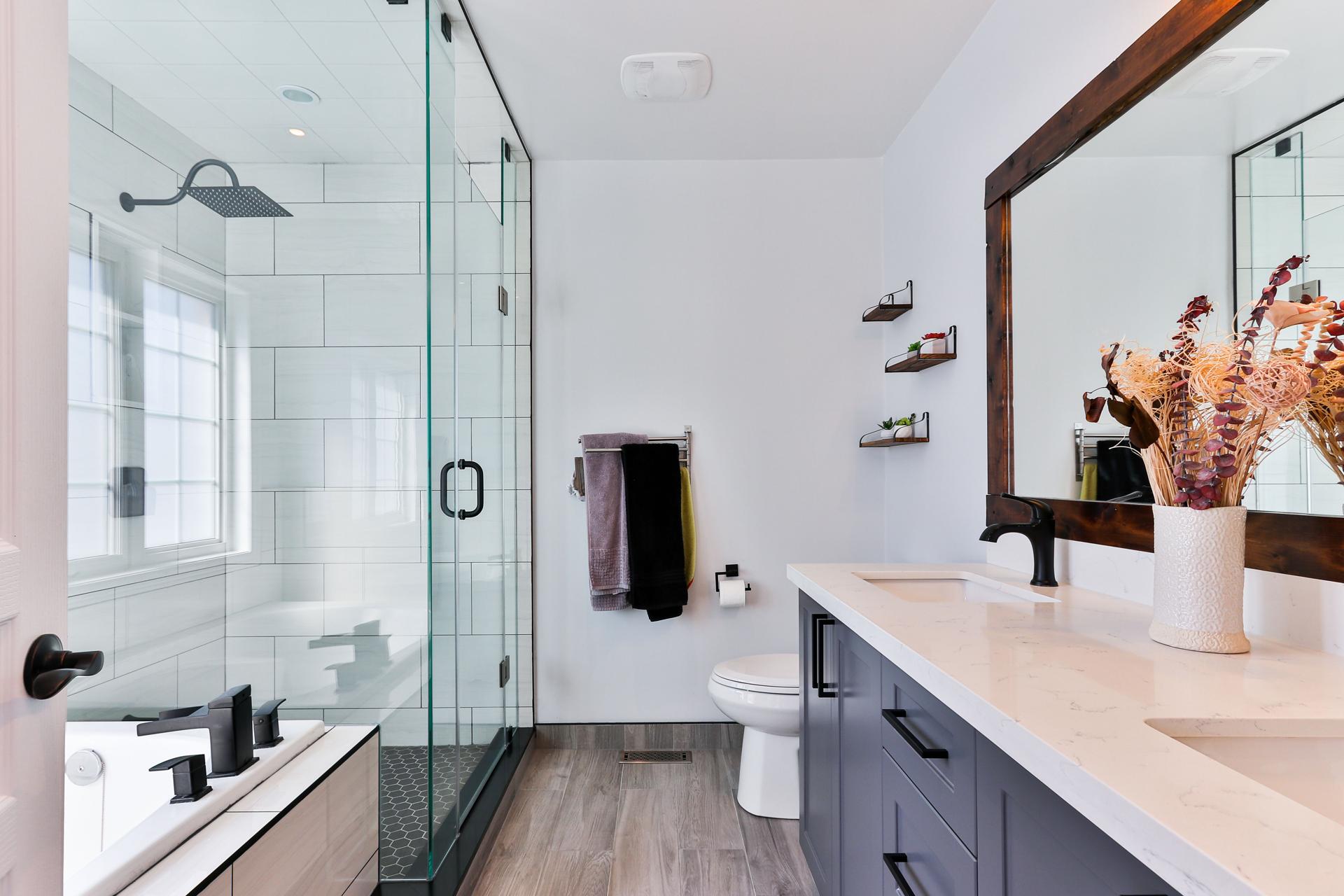Discovering Hot Water Plumbing: The Complete Beginner's Guide

Hot water plumbing is an integral element of our daily lives. We rely on hot water for many purposes including showering, cleaning dishes as well as doing laundry. In this post, we’ll give you a basic understanding of the plumbing of hot water.
The Basics of Hot Water Pipeline
Hot water plumbing refers to the system that supplies hot water to various areas of a building. It differs from cold-water plumbing in that it involves heating water prior to it being distributed throughout the building. The major elements of a hot water plumbing system comprise the water heater, pipes, fixtures, and valves. A water heater can be described as the most crucial component of a hot-water plumbing system. It warms water and holds it until needed. The pipes transport the warm water that is heated from the heater to the fixtures, like showers and faucets. Valves control how hot water flows, while fixtures are used to disperse hot water to different parts within the structure.
Types of Hot Water Heaters
There are three main kinds of water heaters on the market that include tankless, storage tanks, and heat pump water heaters. Tankless water heaters heat the water at the demand of users and do not conserve hot water. Storage tank water heaters store hot water in tanks until they require. Heat pump water heaters make use of electricity to transfer heat from ground or the air to heat the water. Every kind of hot water heater comes with its pros and cons. Tankless water heaters are more energy-efficient and have a longer life however, they are more expensive. Storage tank water heaters are less expensive but are less durable and aren’t as efficient in energy use. Heating water heaters using a heat pump are the most efficient in terms of energy consumption, but could not be suitable for colder climates.
Maintenance of Hot Water Pipes
Regular maintenance is vital to ensure that your hot water plumbing system functions effectively and effectively. Some tips for maintaining hot water plumbing systems includes checking for leaks, flushing the tank, as well as replacing the rod that acts as an anode. Checking for leaks is essential to avoid water damage and to ensure that the hot water plumbing system isn’t using up water. Flushing the tank removes the mineral and sediment buildup which could reduce the effectiveness of the water heater. The anode rod is designed to prevent corrosion and should be replaced every few years.
Troubleshooting Plumbing Issues with Hot Water
Common issues when plumbing systems are hot include a lack of hot or hot water or low water pressure. If you are experiencing a lack in hot water pressure, this may be caused by a malfunctioning heating element or a malfunctioning thermostat. The low pressure in your water can be the result of a blocked pipeline or valve. If you are experiencing one of these problems it is suggested that you seek out a qualified plumber to diagnose and repair the problem.
Conclusion
Understanding how hot water plumbing works is essential to ensure that your hot water plumbing system functions properly and effectively. regular maintenance, as well as troubleshooting are important to avoid problems and extend the life of the hot-water plumbing.
The Hot Water Plumbing FAQ
How long will an electric water heater last?
The lifespan of hot water heaters is contingent on the model and type. On average, a tank water heater can last between 8 and 12 years in comparison to tankless water heaters can last up to 20 years.
How do I know when the hot water heater in my home is in need replacing?
Signs that your hot water heater may need to be repaired include corrosion or rust on the tank, leaks, strange sounds, or a shortage supply of hot water. If you encounter any of these problems it is recommended you speak with a professional plumber.
